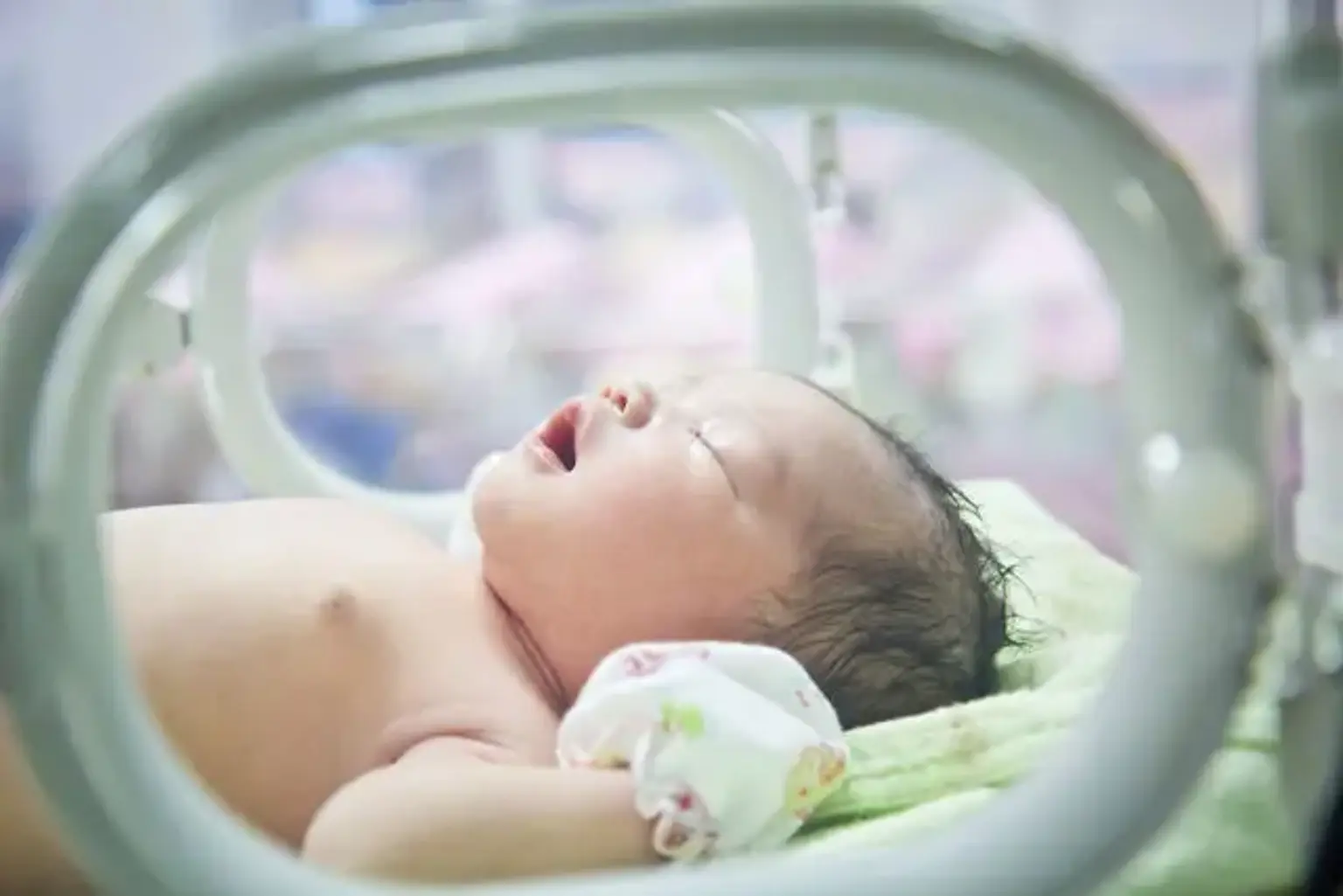Exstrophy Bladder Repair
Bladder exstrophy is a complex and one of the rarest abnormalities that occur as the fetus develops in the womb. It’s whereby the urinary bladder forms outside the child’s body. This exposed bladder cannot function accordingly, including storing urine, which causes incontinence or urine leakage. Bladder exstrophy problems differ in severity and can include bladder defects, pelvic bones, and genital defects. It can also include the defects of the reproductive organs and intestines.
This condition can be diagnosed through regular ultrasound tests during pregnancy. However, the anomaly may sometimes be invisible until child delivery. If the child is born with bladder exstrophy, a surgical procedure is necessary to correct the problem. Exstrophy bladder repair surgery thus aims at repairing the defect and restoring the normal bladder function.
